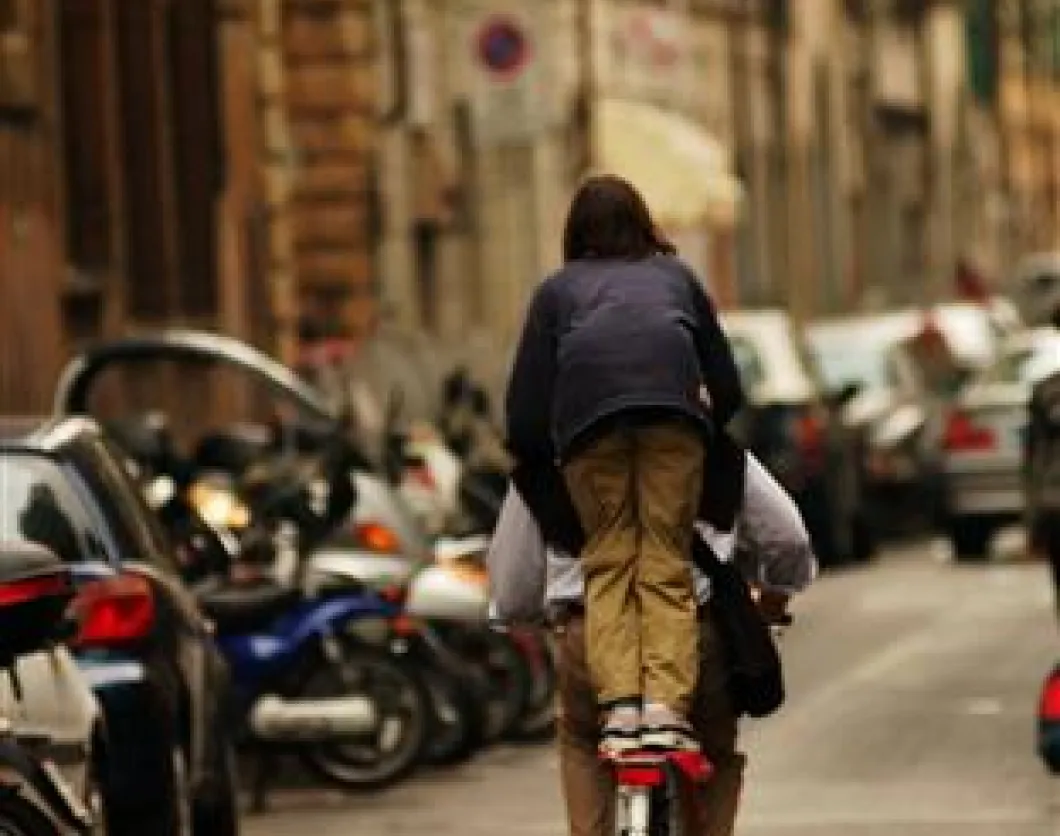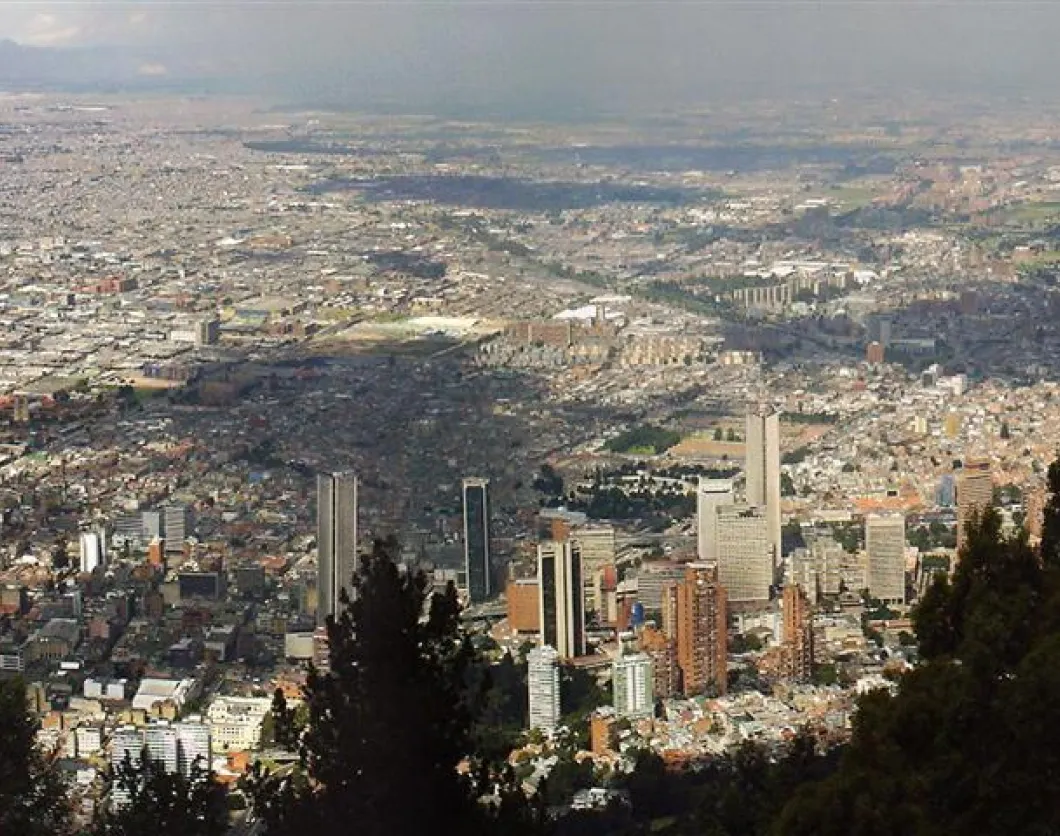Traditionally, the slums, barrios, ghettoes, favelas spreading up the hills around or filling the centers of big cities have been no-go zones for tourists – areas offering nothing of interest, where travelers were likely to get mugged or worse.
But in the last few years, particularly after the success of the film Slumdog Millionare, many of the danger zones of major cities have been transformed into attractions. However, the change has been accompanied by controversy about whether such 'slum tourism' is cultural enrichment or rather voyeurism. Do poor residents feel more like hosts, or like animals in a zoo? Do visitors take away only thrills and photographs, or also aspirations to help improve the slum dwellers' lives?
Certainly, the concept of visiting objectively unpleasant and even dangerous places is not new. Nineteenth-century Londoners visited madhouses to gawk at the inmates. More recently, tour operators have taken people to war zones. But only recently have tour operators begun taking visitors to see such mundane urban maladies as open sewers, tin-roofed shacks and gang territories.
In much of the developing world, slum tourism opens up new worlds to visit. In India and Colombia, more than 40 percent of the people live in poverty; in Kenya, half of the people do.
If tourists routinely cruise past the homes of the rich and famous, then why not those of the poor?
“I'm not sure, about slum tourism,” says Frenchman Benjamon Sachot, who traveled recently through Bogota, Colombia. “It seems like looking at people in a zoo.”
In fact, in La Paz's San Pedro Prison, where bribery and corruption have sometimes allowed foreigners to enter and walk the narrow alleys and sample the cocaine manufactured there, some inmates complained about feeling like animals in a zoo.
But operators offering such tours claim that the visits are two-way streets. The visitors learn about another side of the cities they visit and also contribute financially to the neediest communities, they say.
That was the experience of Austrian Magdalena Fischer, who toured the Favelas around Rio de Janeiro, Brazil.
“I thought that if you go to Rio you should see this part, because it's such a big part of the city,” she said. The experience was interesting, and it was done sensitively. “I didn't think it was voyeaurism. They use part of the money to finance a school, and we visited a school. And they told us not to take pictures of people, because it could offend people and because it's not very respectful. I had an excellent guide and it gave me a different view of the city.”
Slum tourism has not yet arrived in Bogota, which means that tourists learn little about the nearly half of the city's population that lives in poverty. Bogota's slums climb the city's Eastern Hills and sprawl south almost endlessly, surrounding La Candelaria, the city's hostel district on two sides. But tourists stay in La Candelaria or travel north, to the parks and nightclubs in the city's wealthy neighborhoods. Back in their lodgings, many tourists drink or take drugs and watch movies and football on the hostels' big-screen televisions. In the evenings, they go salsa dancing or to a concert.
While leading Bogota city bike tours, we've come to realize that many visitors are unaware that Colombia is suffering from a half-century long civil war, much less that the country has the world's second-largest number of internally-displaced people – more than two million desperately poor internal refugees. Tragically, the drug tourism that is common on this continent unintentionally finances the outlaw groups which are driving poor people from their homes and farms. As long as visitors remain happily unaware that Colombia is more than beaches, museums and salsa dancing, they will never try to help solve these problems. Unless the belief that slum residents are all lazy and shiftless criminals changes the social ills are not likely to be addressed.
Fabian Frenzel, a researcher at the University of the West of England's Bristol Business School, is an academic who believes that slum visits can be a motor for social change. “...there is evidence that the slum experience has perpetuated social motivation to do good and moreover has prompted political demands for greater social justice,” he wrote in the journal Science Daily. Frenzel plans to study the impacts of the growing slum tourism phenomenon.
Good or bad, slum tourism will likely continue expanding as global wealth grows and tourists visit increasingly remote locales. It will be important, therefore, that this industry be managed sensitively and responsibly.
By Mike Ceaser (Bogota Bike Tours)
www.bogotabiketours.com










